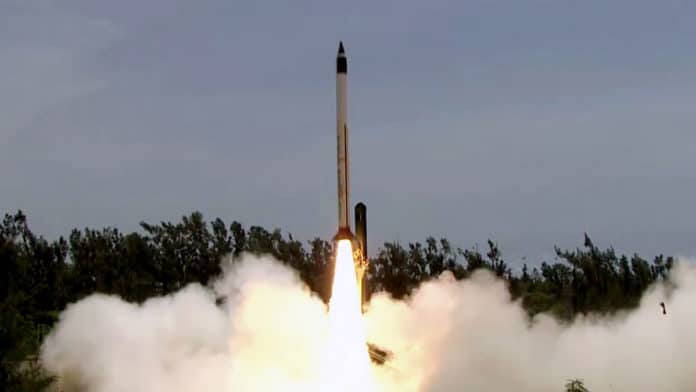Today, several countries in the world are developing hypersonic missiles. It is assumed that such ammunition will be able to effectively penetrate enemy air defenses and hit targets at long range in less time than is necessary for conventional weapons.
Defense Research and Development Organisation (DRDO) has successfully demonstrated the hypersonic air-breathing scramjet technology with the flight test of Hypersonic Technology Demonstrator Vehicle (HSTDV), making India the fourth country in the world after the US, China, and Russia to develop such technology. The tests were carried out from Dr. APJ Abdul Kalam Launch Complex at Wheeler Island, off the coast of Odisha.
During the tests, the cruise missile was launched using a solid rocket launch booster, which took the demonstrator to an altitude of 30 kilometres. Then the cruise missile separated from the carrier and fired the scramjet, a jet engine with a supersonic combustion chamber.
In-flight, the rocket managed to reach a speed of Mach 6, six times the speed of sound. The duration of the rocket flight at this speed was 20 seconds. During the flight, the HSTDV performed well on all parameters, including combustion chamber pressure, air intake, and control guidance, the agency said.
Defence minister Rajnath Singh congratulated the DRDO immediately after the test and praised their efforts to indigenously build a scramjet engine.
The successful completion of this HSTDV test will pave the way for the development of a hypersonic cruise missile that can travel at six times the speed of sound. Apart from being used as a vehicle for hypersonic and long-range cruise missiles, the HSTDV will have multiple civilian applications, including launching low-cost satellites and long-range cruise missiles. India will reportedly make its first hypersonic missile in the next five years.
